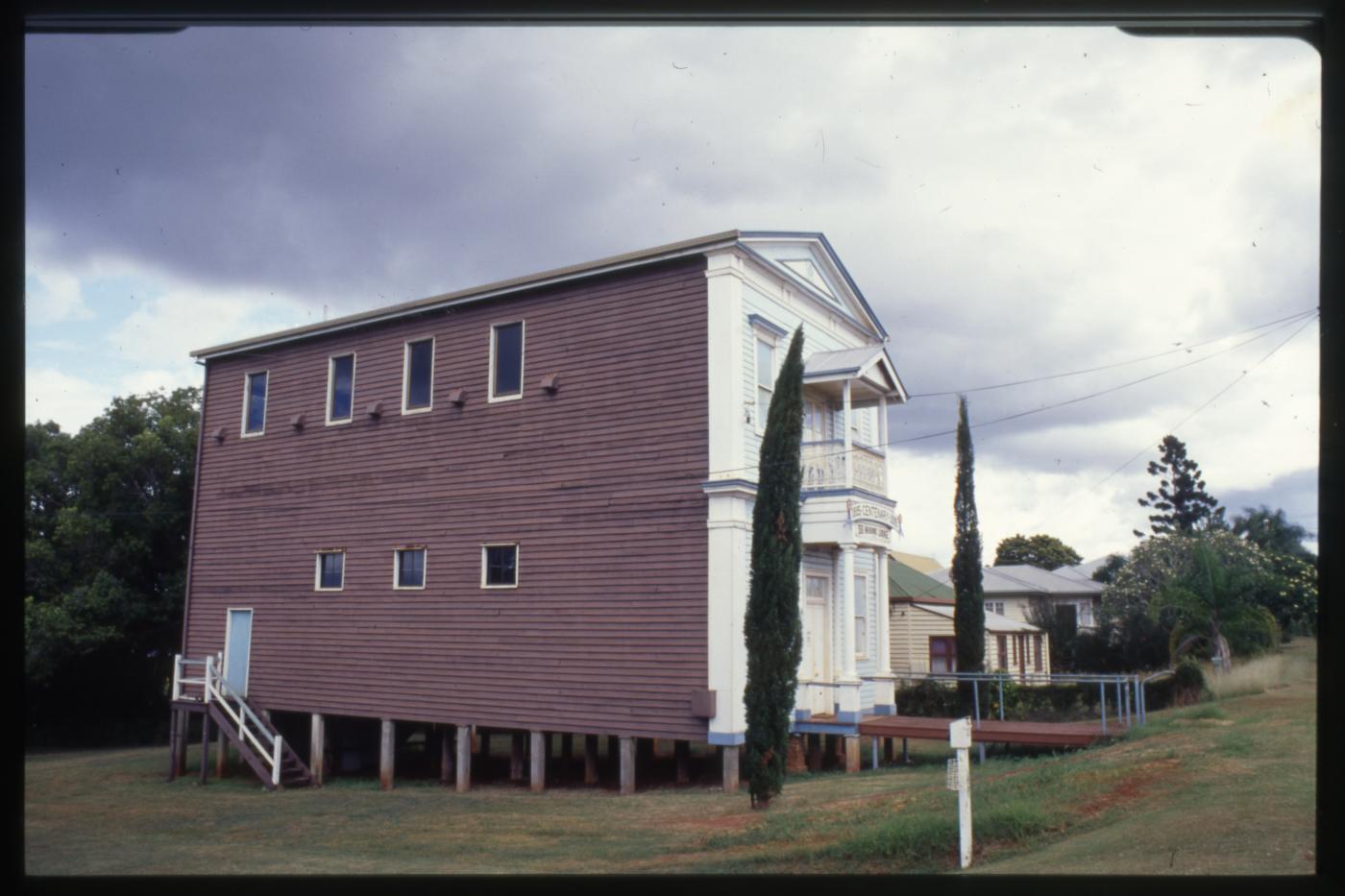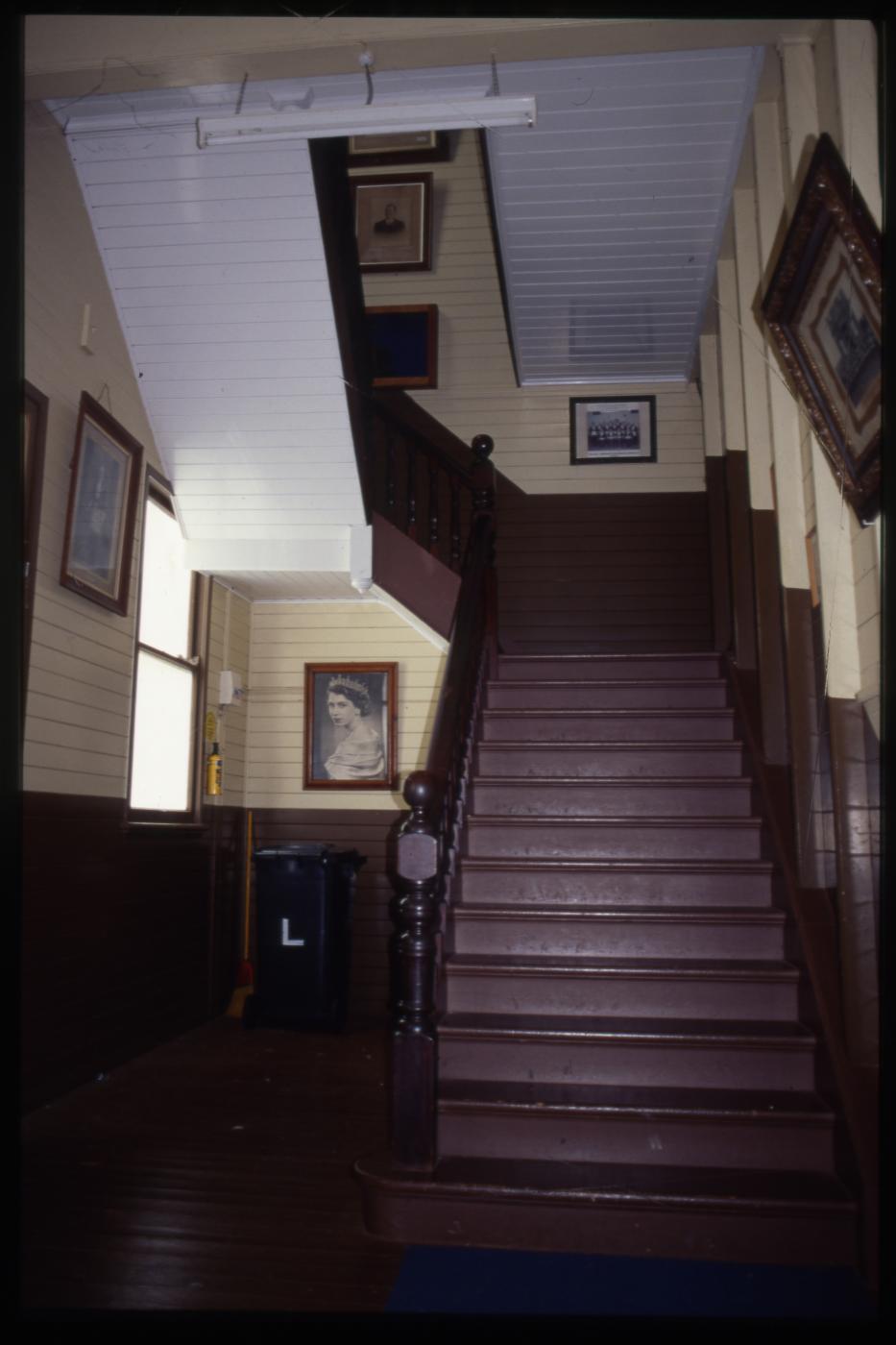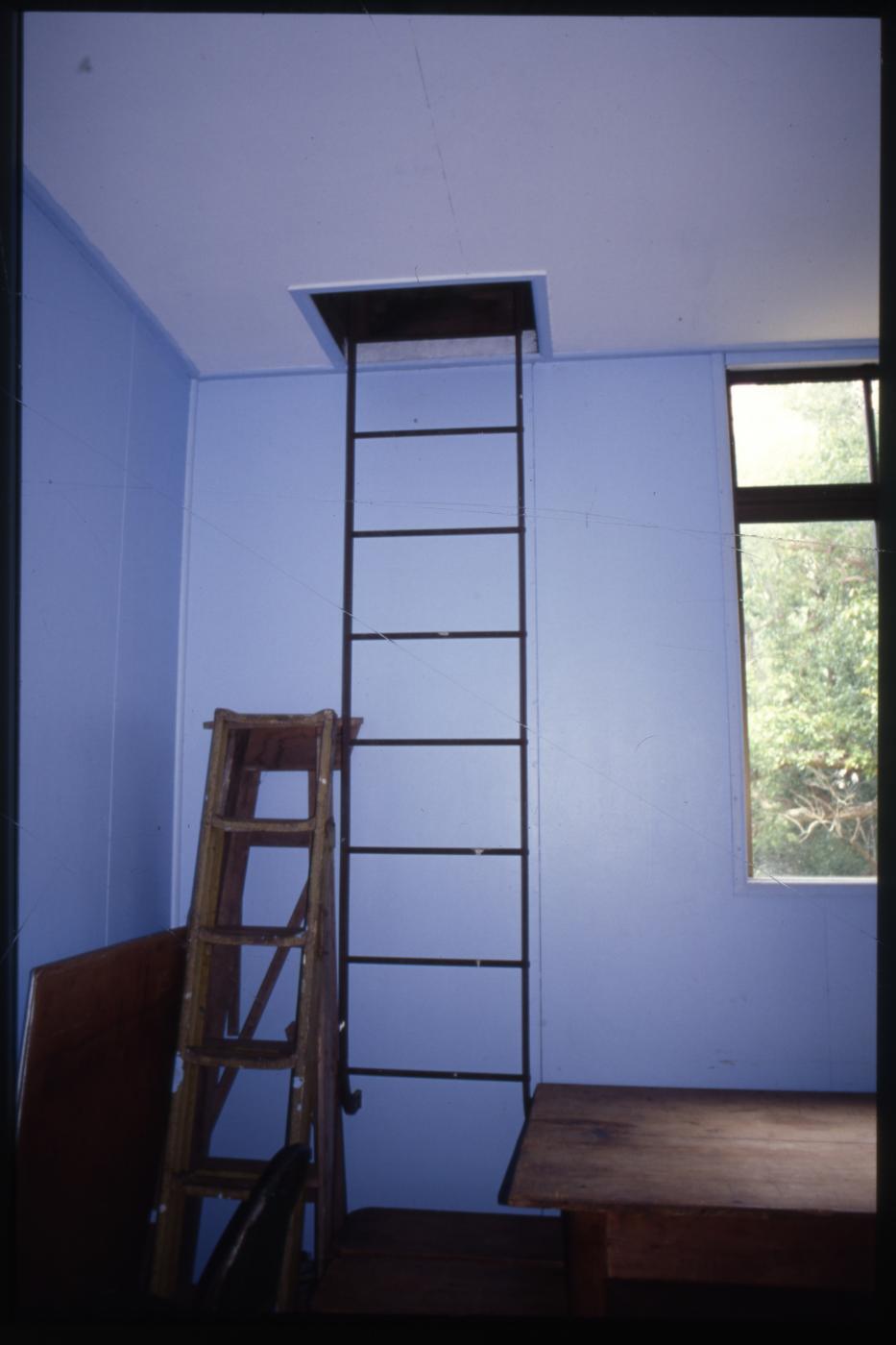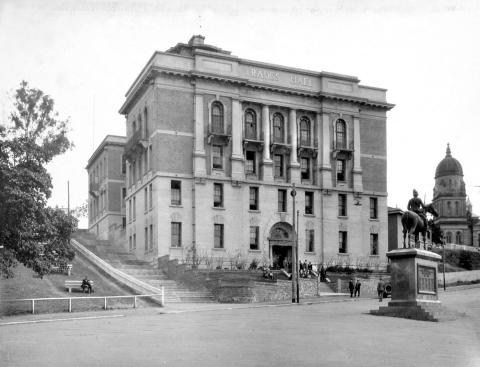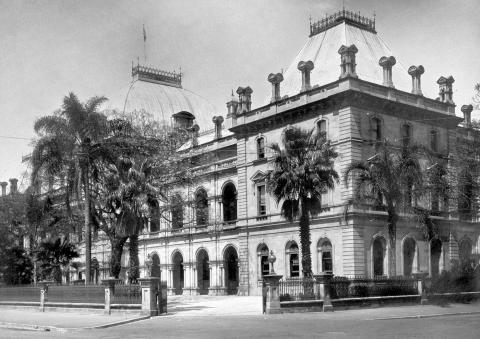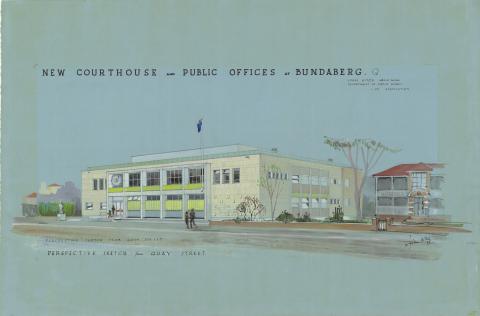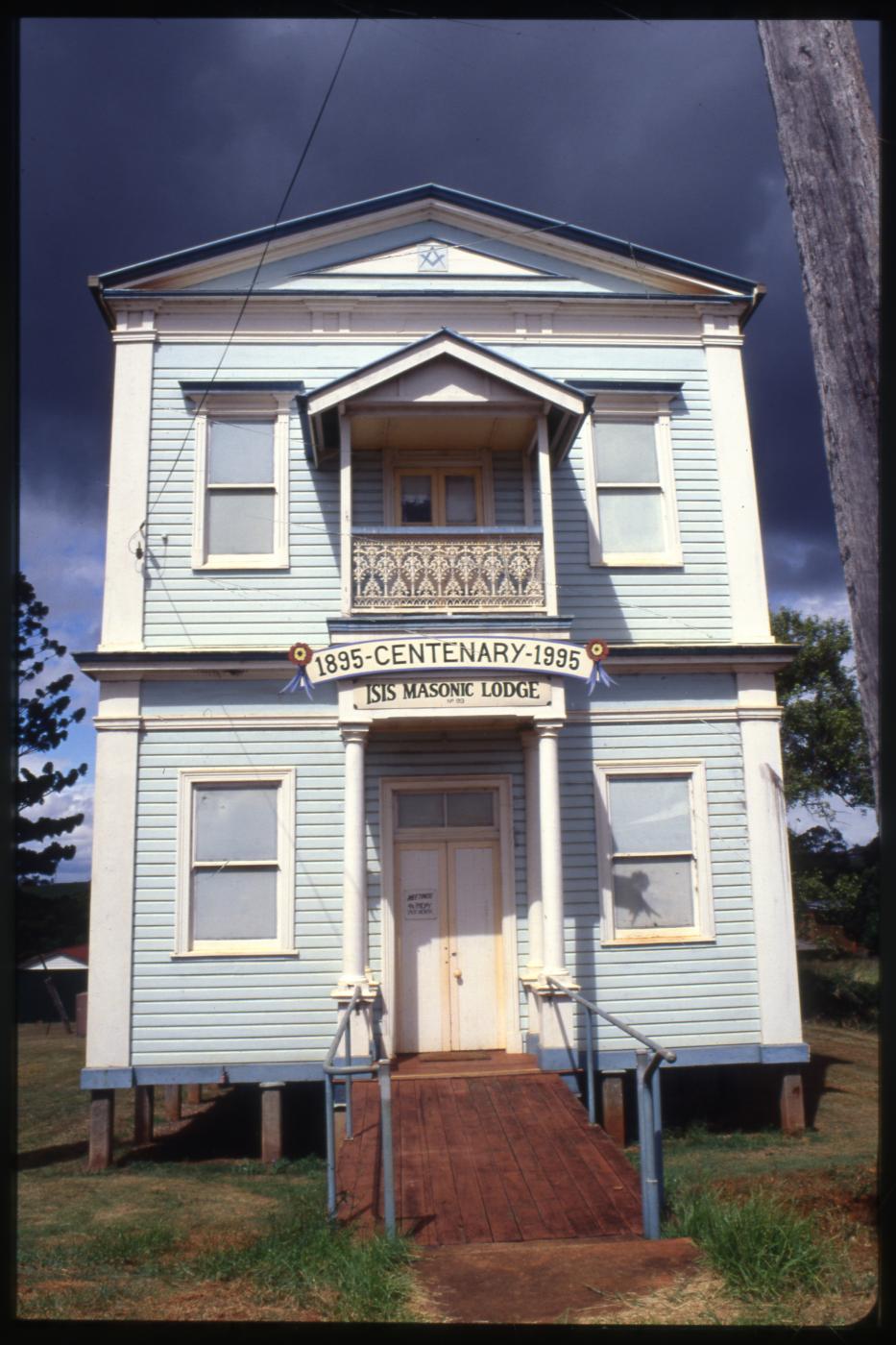
- News of the day
-
Bundaberg Mail and Burnett Advertiser, Friday 10 September 1897, page 3
Childers,
FROM OUR OWN CORRESPONDENT
The tender for the recreation and completion of the Masonic Hall has been secured by Mr J. Heaps, of Bundaberg. Mr F. H. Faircloth is the architect; and, I understand, will also occupy the same position in the erection of the proposed new hotel.
Maryborough Chronicle, Wide Bay and Burnett Advertiser, Wednesday 22 September 1897, page 3
THE ISIS SCRUB
CHILDERS
[from OUR OWN CORRESPONDENT]
September 20
The building of our Masonic Hall has been somewhat unfortunate. It appears that after a very large percentage of the contractor's work was done, the architect condemned the timber, and the whole building was stopped. I hear the work as it stands has been sold, to be removed, and another builder has the contract. This of course will delay the completion of the hall and is a sad loss to the contractor. An architect should have an oversight of buildings all along.
- Background
-
The Isis Masonic Lodge in Childers is a two storey timber building constructed in two stages, the first in 1897 and the second in 1909, to the design of Bundaberg architect Frederick Herbert Faircloth. Located in Macrossan Street, a block behind the main street of Childers, the building survived a major fire in the town in 1902 and remains as one of the oldest buildings in the town.
In the 1870s timber cutters were the first European settlers to come to the area surrounding Childers, attracted by large quantities of hoop pine, red cedar and other timbers. The town was established during the 1880s after the land in the nearby area was surveyed into 50 acre farm blocks in 1882. There was no official town survey and Childers developed following the private subdivision of portions 870 and 871, at the railhead of the 1887 extension line from Isis Junction. On 31 December 1886, the Isis Divisional Board was proclaimed and the extension of the railway to Childers in 1887 provided further impetus for the development of the town.
The Freemasonry movement was an integral part of community life in the 19th century and the establishment of a Lodge was a local event representing progress and consolidation of the community. The first meeting of Freemasons in the Childers district took place in 1894 and was called by Constable Richard Henderson and Thomas Gaydon, a local chemist. Early members came from all three constitutions of the time, the English, Scottish and Irish and a vote was taken at a second meeting in January 1895 which resolved to establish a Lodge under the English constitution. This was achieved in April of the same year with the inauguration of the Corinthian Lodge No. 2573 EC. There were 14 founding members and the Master was Worshipful Brother Robert Henry Blisset who had been master of the Star of the East Lodge in Maryborough.
The opening ceremony and consecration of the Corinthian Lodge took place in the Isis Divisional Board's Office on 4 April 1895. Subsequent lodge meetings were held in the Childers schoolroom, with furniture and regalia provided by sponsor Lodges in Maryborough and Bundaberg. Members paid a joining fee of £1/1/- for members of English Constitution Lodges and £1/11/6 for members of other constitutions, a portion of which went towards a building fund.
A hall committee was formed in July 1896 and the land in Macrossan Street was purchased in April 1897 upon this committee's recommendation, at a cost of £30. Members of the lodge cleared the land and donated money and goods towards the new hall. A single storey timber hall was proposed and funding was provided in the form of a loan from Wor. Bro. Blissett who matched the interest rates offered by the Bank of North Queensland. Bundaberg architect F Herbert Faircloth was commissioned to provide plans in 1897.
Herbert Faircloth was responsible for the design of a large number of buildings in Childers, particularly after a disastrous fire destroyed most of the main street in March 1902. Born in Maryborough in 1870, Faircloth was articled to the German-trained Bundaberg architect Anton Hettrich and practised for most of his life in Bundaberg, designing many of the town's major buildings.
The first Lodge meeting was held in the new hall on 8 October 1897. By 1908 it became apparent that the hall was not big enough and Faircloth was again approached to provide plans for an additional storey to the hall. JE Sharpe's tender of £368 was accepted and the enlarged hall was consecrated on 9 July 1909.
Courtesy of the Queensland Heritage Register
Additional images
/152.2781376,-25.2373672,7/450x450@2x.png?access_token=pk.eyJ1IjoicXNhLWRpc2NvLXFsZCIsImEiOiJjamJmdTgyZXEyeWNjMnlxZm8xcmtieHgxIn0.lmT9J5tTPKGuuccQgCVSAg)

